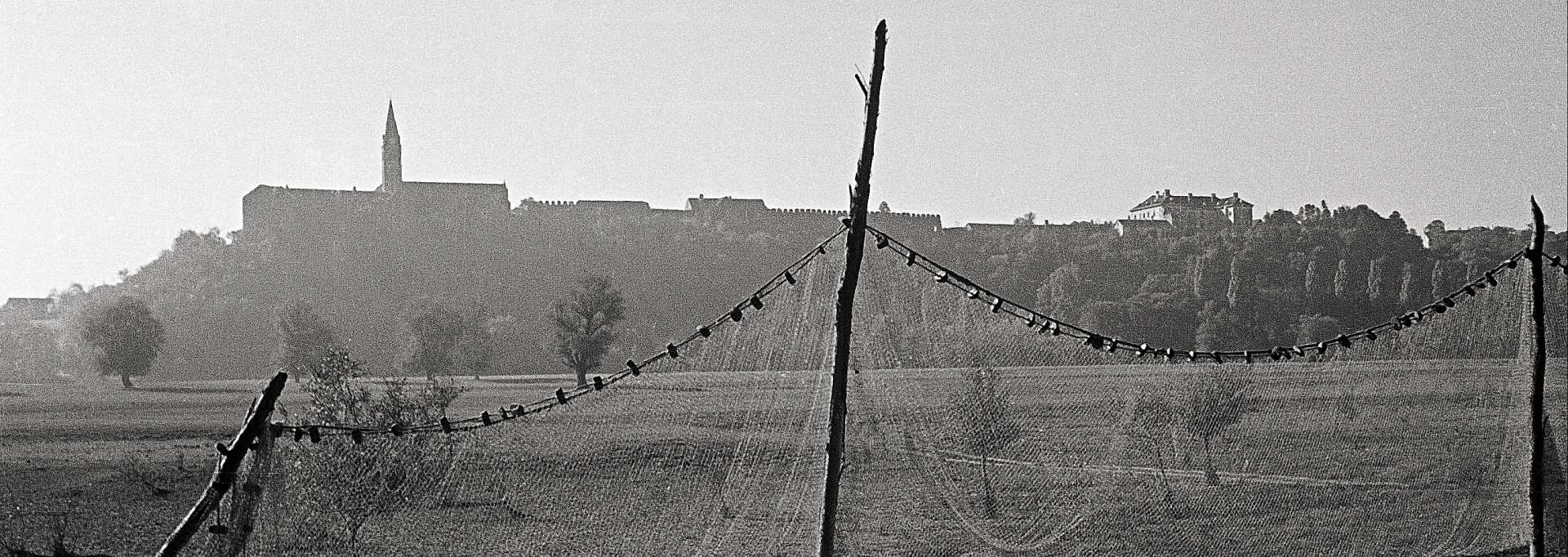NIKOLA NINO VRANIĆ
Bileća, Bosnia and Herzegovina, 7 April 1933 – Zagreb, 25 October 2012
Active working period in the conservation service: 1954 – 1989
Nino Vranić is one of our most prominent photographers and the importance of his work goes beyond the second half of the 20th century during which he worked. He is most well-known not only for his work in documentary photography, done for the Conservation Institute, but also for art photography he did in his own free time and which, quite often, drew on field monument records and photo documentation.
The fact is that, to Nino, photography was like breathing, it gave him a sense of fulfilment, much like love, family and life. It was in his genes, as evidenced by other successful photographers in his family, such as his grandfather Josip, his brother Joža and now his son Goran.
Zagreb played a prominent role in his life from a young age. This was the place where he went to school, lived and worked, and the place he captured in his photography, incorporating it into his overall body of work. After graduating from the graphic design school in Zagreb, Nino began to master his craft in "Zaza", a well-know and well-established photography studio at the time, which was also a dealership office for Agfa. The studio was located in Margaretska Street and managed by Nino's grandfather Josip Zagorac. It had 38 employees, together with Nino and his younger brother Joža, who later on became an excellent photographer and worked for the Zagreb City Museum. The studio played a crucial role in his future work and development and it was from here that he went on to work for the Conservation Institute. Nino Vranić spent the next three and a half decades working for the Conservation Institute, from February 1954 until the end of 1989, when he retired and continued to work as an independent artist.
In the Conservation Institute, he started to work alongside art historians such as Anđela Horvat, Ana Deanović and Tihomil Stahuljak, architects Greta Jurišić, Mladen Fučić and Ivo Skokandić. Only a few months after Vranić, young art historians such as Branko Lučić and Joža Ladović joined the Institute as well. In the post-World War II period of reconstruction, full of innocence as well as pioneering and adventurous spirit, Vranić drew on his office work, in particular field work and the time spent with his fellow conservators, to broaden his knowledge of photography and of the regions of Croatia, its cultural monuments and its inhabitants.
In retrospect, it is evident that Nino Vranić made a great contribution to the Conservation Institute and its photo documentation section. The photo archives of the Directorate for the Protection of Cultural Heritage of the Ministry of Culture, as a successor of the photo documentation section of the former conservation service, comprises today more than 90 ooo photos and 40 000 original negatives and boasts about two hundred authors. Of the 90 000 photos, the work of Nino Vranić accounts for almost a quarter. During his working life, Vranić visited and took photos for documentation purposes of more than one thousand monument sites on the territory of Croatia; 1 037 to be precise. Taking into consideration the fact that many sites include several monuments, that during his working life he visited most of the sites on more than one occasion, that he took part in the project Ars Sloveniae at the end of the 1960s of the past century and that he took photos of monuments in his spare time – one may conclude that he managed to capture on photos a significant amount of immovable and movable cultural heritage.
The conservation photography of Nino Vranić illustrates perfectly how a skilful combination of 'serendipitous moment or motif in the field'' and author's masterful interpretation very often produce conservation photos which go beyond their documentary purposes and sometimes have much greater and more lasting value.
He received many awards and a lot of recognition for his work. Special mention should be made of the title of Master Photographer which he was awarded by the International Federation of Photographic Art – FIAP (1954); medal of the Order of Danica Hrvatska ('Croatian Morning Star') with an image of Marko Marulić (1996); honorary membership in the ''Batana' association in Rovinj for his promotion of local maritime heritage (2001); Vicko Andrić award for special contribution in the field of cultural heritage and Life Achievement award by ULUPUH (Croatian Association of Artists of Applied Arts) for his work as an artist and his contribution to the reputation of ULUPUH (both awarded in 2008).
Sanja Grković






